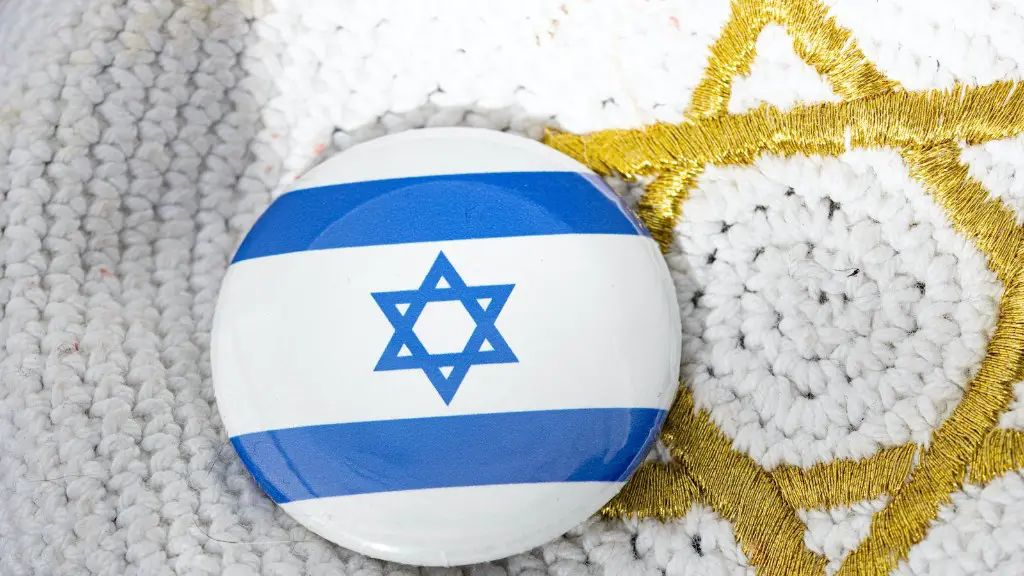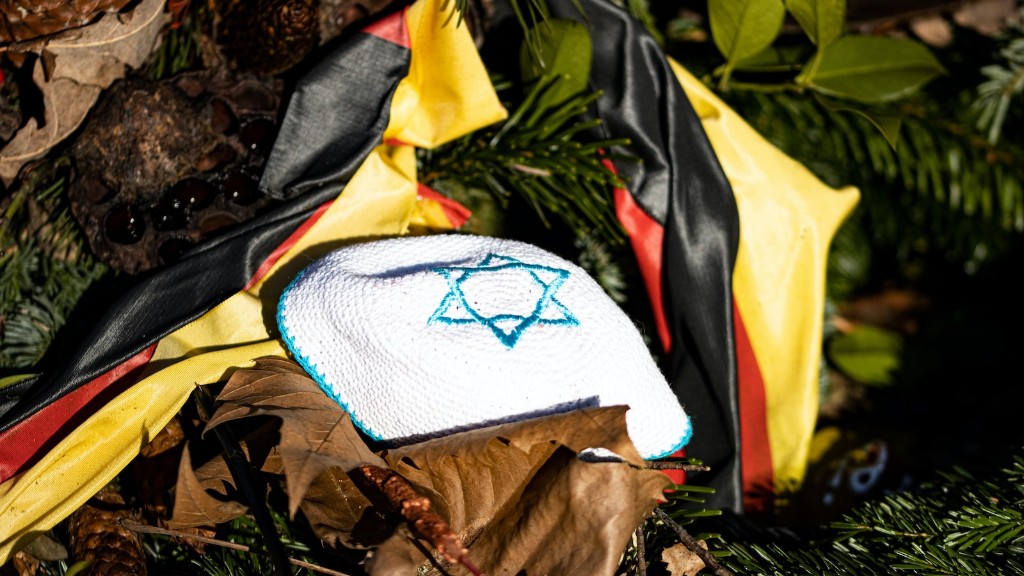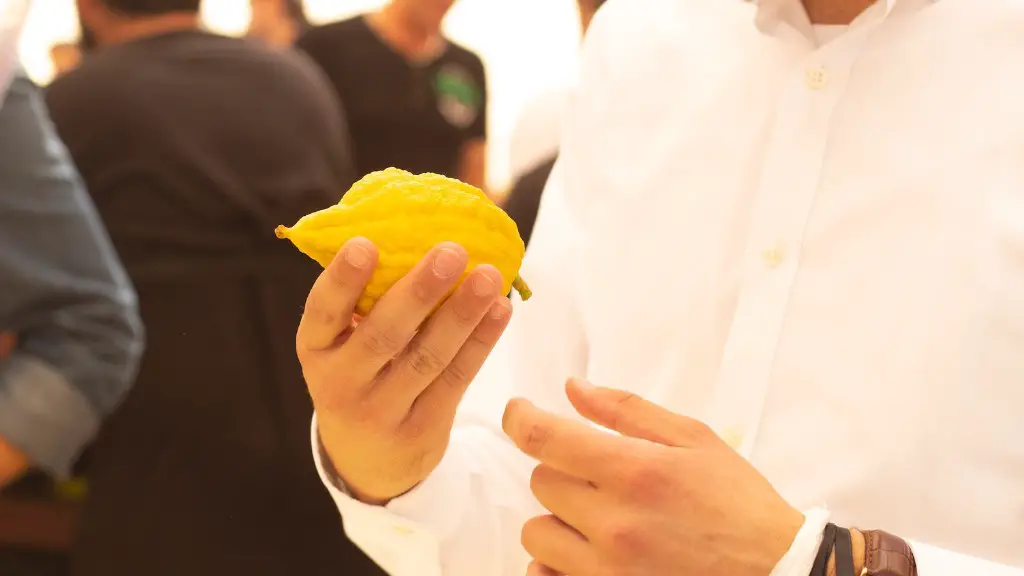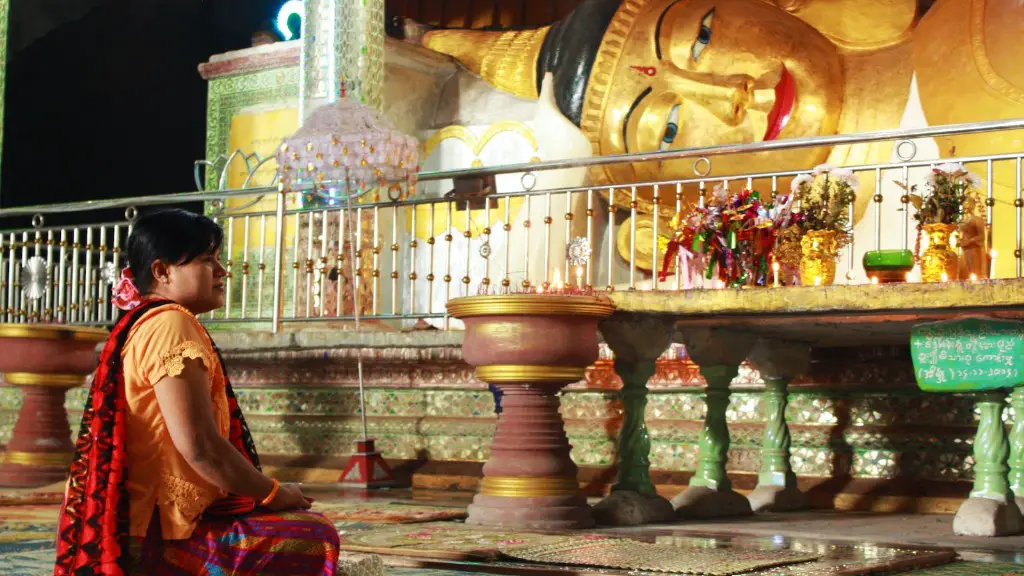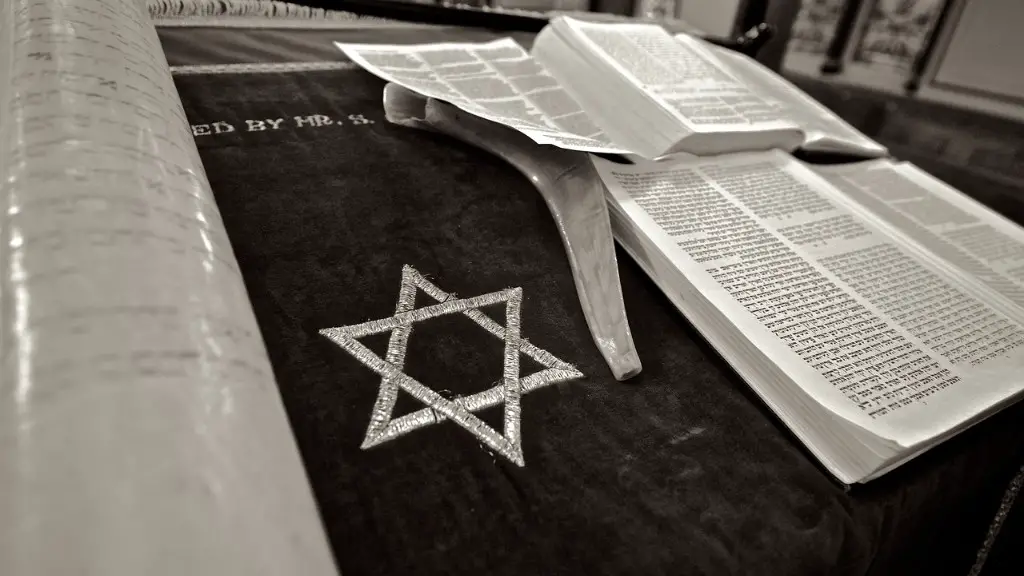What is Seder in Judaism?
Seder, in Judaism, is the ritual meal observed on the first two nights (at least in the diaspora) of Passover. It is a time of self-reflection and celebration, in which Jews remember their liberation from slavery in ancient Egypt and celebrate their current freedom. Seder is a meaningful and important family gathering, during which Jews of all ages come together to share a festive meal based on the ancient traditions of the Jewish people.
Seder is more than just a meal. It is a multi-sensory feast of the spirit, a journey of religious exploration in which participants re-enact the most famous events from the Hebrew Bible. The word “seder” is derived from the Hebrew word for “order”, and it refers to the established order of Jewish religious observances that are part of the Passover festival.
The Seder is the centerpiece of the Passover celebration and usually takes place in the home. It begins with the reading of the Haggadah, the liturgical text that provides instructions on the order of Seder service, together with readings and explanations of the Exodus story. The Haggadah is usually accompanied by rituals, songs, prayers, and food.
Participants in the Seder eat a number of ritual foods that represent certain themes in the Exodus story. These foods are known as the “five food” and include bitter herbs, a roasted shankbone, salt water, a vegetable such as parsley, and a mixture of nuts and fruit. There are also various dishes such as matzah (unleavened bread), charoset (a sweet blend of chopped apples, nuts, and spices), and haroset (a sweet paste made of fruit and nuts). In addition, four cups of wine are poured during the Seder, symbolizing four different events in the Israelites’ journey from slavery to freedom.
The Seder also includes traditional songs and stories that share a reverent spirit and uphold the idea of freedom. The story of the Exodus has been passed down orally from generation to generation, and the songs, prayers, and stories have evolved to reflect both the timeless lessons of the Bible and the contemporary Jewish experience.
The Seder is a special time for Jews of all ages to come together and reflect on their connection to the past and celebrate their freedom. The Seder reminds them of the miraculous transformation of the ancient Israelites from slavery to freedom, and of the incredible journey that led them to their present day safety, prosperity, and religious freedom.
The Significance of Seder
Seder is an important Jewish family gathering and a reminder of the Israelites’ journey from slavery to freedom. It is a time to give thanks for the struggles of past generations, to remember the blessings of the present, and to look forward to a brighter future. In addition to being a joyous celebration and spiritual practice, the Seder provides an opportunity for teaching and passing down history, culture, and values to the younger generations.
Seder is also a time for Jews to remember and honor those who have died in the service of the Jewish people. The Memorial Candles, which are lit during the Seder and remain lit during the meal, remind us that no one is ever really forgotten. Similarly, when the four cups of wine are raised during the Seder, those who have passed away are remembered and honored.
The traditional Seder plate, which displays the five main foods, is a powerful symbol of the slavery-to-freedom journey. Eating these symbolic foods at the Seder reminds us that freedom cannot be taken for granted and that those who are oppressed must be helped. The Matzah, for example, reminds us of the Jewish people’s exodus from Egypt in haste and the fact that freedom must sometimes be taken by force.
The Seder also serves as a reminder to always be aware of and fight against oppression. The singing of traditional songs, such as “Dayenu”, is a powerful reminder of what we can achieve together when we stand together against oppression. The Haggadah, with its vivid retelling of the Exodus story, is a reminder that the human spirit, when undeterred, can persevere through the greatest of adversities, and that the journey towards freedom is not an easy one.
The Seder is a special time for reflection and celebration, a time for coming together as a community and remembering the story of liberation. It is an essential part of Jewish religious life, and a reminder of the importance of freedom and justice for all.
Seder Practices and Rituals
Seder is observed differently among different Jewish communities, but the basic ritual elements remain the same. The most essential aspect of the Seder is the recitation of the Haggadah, which provides the order of service, as well as readings and explanations of the Exodus story. The Haggadah is traditionally read in the original Hebrew or Aramaic, but can also be read in English or other languages.
Another important element of the Seder is the eating of traditional foods. These foods have special symbolic meanings, and eating them is an important way to remember the stories of the ancient Israelites. For example, the bitter herbs represent the bitterness of slavery, while the roasted shankbone symbolizes the sacrifices made by the Israelites during their journey. The four cups of wine honor four different events in the Exodus story. Finally, the Matzah, which is a flat, unleavened bread, is a reminder of the Israelites’ haste in leaving Egypt.
In addition to the traditional foods, there are a number of other rituals that are unique to the Seder. One of the most important is the Seder Plate, which holds the five main foods that are eaten during the Seder. The plate is passed around to each participant and each one is encouraged to eat a bit of the various foods. Other rituals include the hand-washing, the lighting of the candles, and the opening of the door to welcome in Elijah the Prophet.
The Seder is also a time for singing, storytelling, and sharing of traditional Jewish songs. The singing of Dayenu, which celebrates freedom, is a moving and powerful reminder of what the Jewish people have endured. Through the Seder, Jewish communities around the world express their faith and connection to their heritage.
Making Seder Personal in Modern Times
Though Seder has been observed religiously for thousands of years, it is important to recognize that Seder is also an opportunity for individuals to express themselves and to make the process their own. It is important to recognize that a meaningful Seder does not necessarily require that each ritual be performed in the exact same way as it has for generations. Instead, modern Jewish people can create their own rituals and practices that reflect their personal values and beliefs.
One way to create a modern and meaningful Seder is to focus on activities that relate to current issues and initiatives. This can include topics such as immigration, social justice, poverty, education, and the environment. Inviting guest speakers and having guests share their experiences and stories can also bring a sense of personal relevance to the event.
Another modern approach to Seder is to focus on the music and songs. This can be done by learning traditional melodies or creating new ones. Creating personal prayer or meditative moments can also help make Seder an even more meaningful time. Additionally, it is important to find ways to make Seder a family-centered experience by involving young children in the rituals and by including fun interactive activities such as charades, guessing games, and storytelling.
For modern Jewish people, Seder is a unique opportunity to celebrate their heritage, and to pass down the stories and rituals of previous generations. It is also an opportunity for individuals to express their own beliefs and values and to create a meaningful and personal experience. No matter how it is observed, Seder is a powerful reminder of the struggles and sacrifices of the past and a celebration of freedom and justice in the present.
Alternative Interpretations of Seder
Alternative interpretations of Seder have been developed to help modern Jewish people connect to the ritual in new and meaningful ways. For instance, some movements focus on feminist interpretations of the Seder and emphasize the role of women in the Exodus story. Other groups may focus on the universal themes of justice and liberation that the Seder celebrates, and use the ritual to draw attention to ongoing issues of injustice and oppression in the modern world.
In addition, many progressive Jews reinterpret the Seder to include more diverse voices and more modern stories. For example, some may include stories about experiences of Jews during the Holocaust, or stories about Jews living in Israel or the Diaspora. There are also some groups that adapt traditional Seder practices to incorporate aspects of secular culture and values, such as sustainability and environmentalism.
No matter how the Seder is interpreted, it is possible to find a meaningful connection between the traditional ritual and modern life. Ultimately, by finding new ways to connect to the Seder story, Jewish people can continue to celebrate the stories of their ancestors and apply the lessons of the Exodus to relevant issues and struggles of today.
The Impact of Seder on the Jewish Identity
The Seder is an important part of the Jewish identity, as it provides a connection to the ancient story of liberation. Through the rituals and stories of the Seder, Jews of all ages are reminded of their history, beliefs, and culture. It is a reminder of the strength of the Jewish people and their capacity for resilience, perseverance, and solidarity in the face of oppression.
Seder also reinforces the importance of community. By gathering as a group to share in the celebration, Jews reaffirm their connections to one another and celebrate their collective identity. Seder reminds them of the bonds of faith and love that unite people of all ages, backgrounds, and cultures.
Finally, through the Seder, Jews have the opportunity to honor their past and look to the future with hope. By reflecting on the struggle for freedom and justice, Jews are inspired to continue fighting for social justice and equality, and to create a better world. The Seder provides the perfect moment to reflect on the values of the Jewish people, such as compassion and justice, and to commit to making a difference in the lives of those in need.
Seder in the Diaspora
Seder is a common ritual among Jewish people living in the Diaspora, or outside of Israel. Jewish communities around the world make sure to observe the Seder in some form, often mixing traditional elements with local customs. Along with the traditional Haggadah, they might also recite poetry and sing traditional songs in local languages or dialects. This helps to reinforce the idea that Seder is both a global and a local event, and that Jews of all nations are united in their journeys to freedom.
Some
